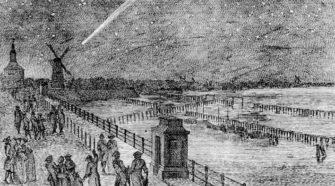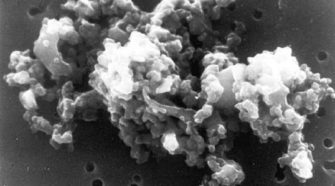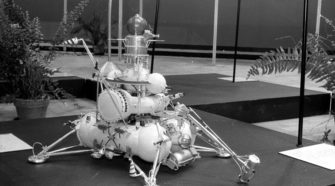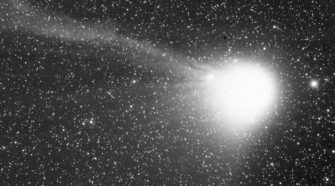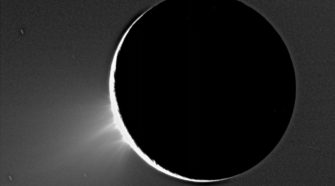This Week in History: August 23-29
AUGUST 23, 1862: The comet now known as Comet 109P/Swift-Tuttle passes through perihelion at a heliocentric distance of 0.963 AU. The comet had been discovered the previous month independently by Lewis Swift and Horace Tuttle, and became a conspicuous naked-eye object. It is the parent comet of the Perseid meteor shower and is a future …
Comet of the Week: Messier C/1769 P1
Perihelion: 1769 October 8.12, q = 0.123 AU As discussed in the “Special Topics” presentation on that object, in the early 18th Century the British astronomer Edmond Halley predicted that the comet that now bears his name would be returning around 1758. As that time approached several astronomers became involved in the effort to search …
Special Topic: Interplanetary Dust
The “Special Topics” presentation two weeks ago pointed out that the term “small bodies” of the solar system generally refers to objects like comets and asteroids, although that particular presentation discussed another class of such objects, i.e., the small moons of the planets. To carry the term “small bodies” to an extreme, we could examine …
This Week in History: August 16-22
AUGUST 16, 1898: DeLisle Stewart at Harvard College Observatory’s Boyden Station in Arequipa, Peru, takes photographs on which Saturn’s outer moon Phoebe is discovered, although the images of Phoebe were not noticed until the following March by William Pickering. Phoebe was the first planetary moon to be discovered via photography, and it and other small …
Comet of the Week: Levy 1990c
Perihelion: 1990 October 24.68, q = 0.939 AU I’ve commented in previous “Ice and Stone 2020” presentations that I spent several hundred hours unsuccessfully hunting for new comets before giving up that endeavor, and then accidentally discovered the comet that bears my name three years later. I did the bulk of my hunting during the …
Special Topic: The “Building Blocks” of Life
The “Special Topics” presentation two weeks ago discussed the possibility that signs of life might exist within certain meteorites that have been found to have come from Mars, although it did so partially within the overall context of “are we alone?” Another part of that discussion revolves around how life on Earth – and, hopefully, …


